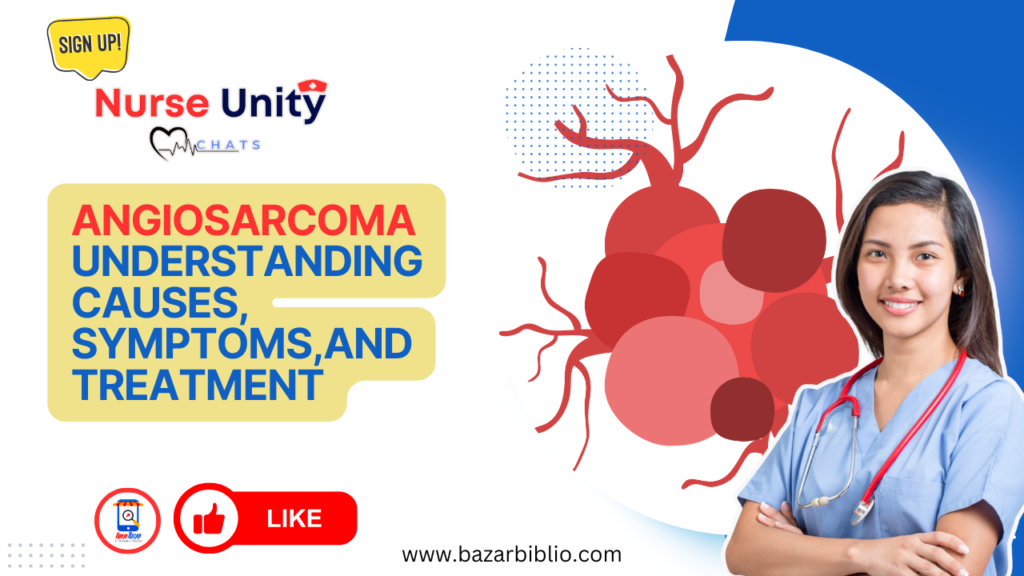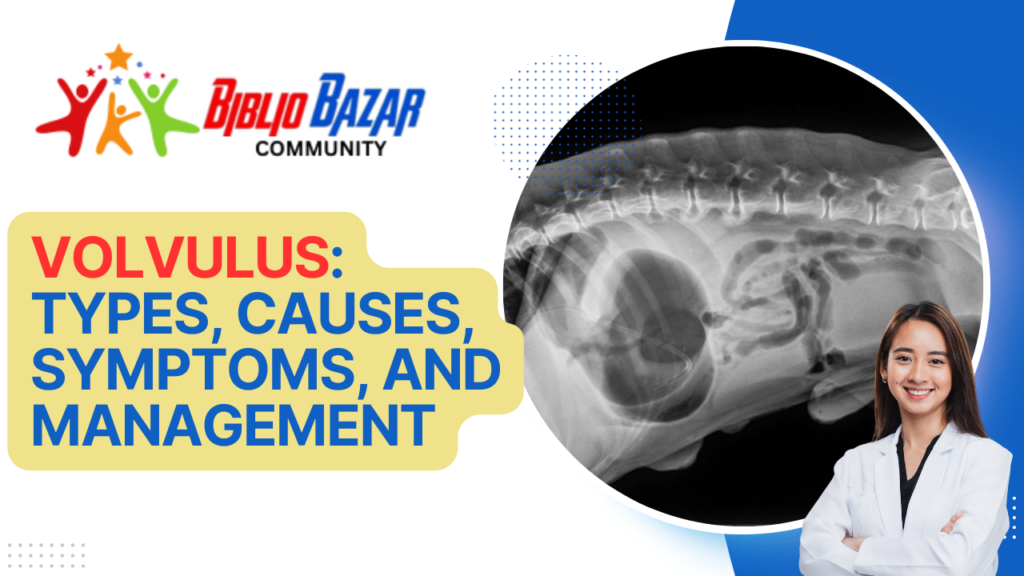
Angiosarcoma is a rare form of cancer that originates in the cells lining the blood vessels or lymphatic vessels. It is an aggressive malignancy that can develop in any part of the body, but it most commonly occurs in the skin, liver, breast, and heart. Angiosarcoma is difficult to detect in its early stages because its symptoms are often nonspecific and can easily be mistaken for other conditions. This type of cancer spreads quickly, and by the time it is diagnosed, it may have already metastasized to other organs such as the lungs or liver.
Angiosarcoma comes in several forms, depending on where it develops in the body. Cutaneous angiosarcoma, which affects the skin, is the most common type. It usually appears on the head, face, or scalp, particularly in older adults. Breast angiosarcoma often occurs as a secondary cancer in women who have undergone radiation therapy for breast cancer. Hepatic angiosarcoma affects the liver and is often linked to environmental or occupational exposure to certain chemicals, while cardiac angiosarcoma involves the heart and can severely affect cardiovascular function.

The exact causes of angiosarcoma remain unclear, but various risk factors have been identified. One of the most significant is radiation therapy, particularly in individuals who have previously received treatment for breast cancer. Additionally, exposure to specific chemicals like vinyl chloride, arsenic, or thorium dioxide can lead to hepatic angiosarcoma. Chronic lymphedema, or long-term swelling caused by blocked lymphatic vessels, is another known risk factor, especially for individuals who have undergone lymph node removal or damage. Genetic mutations might also contribute, though most cases appear to occur sporadically without a clear hereditary link.
Several risk factors contribute to the likelihood of developing angiosarcoma. People who have undergone radiation therapy, especially for breast cancer, are at increased risk, particularly if many years have passed since the treatment. Chronic lymphedema, which can occur after lymph node removal or radiation, is another major risk factor. Chemical exposure, particularly to substances like vinyl chloride (used in plastic manufacturing) and arsenic, also heightens the risk, particularly for liver-related angiosarcomas. Age is another factor, as most cases are diagnosed in individuals over 60, although younger patients may develop it as well, particularly if exposed to radiation or chemicals.

The symptoms of angiosarcoma can vary widely depending on the location of the tumor. For cutaneous angiosarcoma, the signs may include a bruise-like area on the skin that grows larger over time, eventually turning into an open sore. This lesion can easily bleed or become infected. When angiosarcoma affects internal organs like the liver or heart, symptoms may include pain in the affected area, fatigue, weight loss, or swelling. Hepatic angiosarcoma may cause abdominal pain, jaundice, or liver enlargement, while cardiac angiosarcoma can result in chest pain, shortness of breath, and fluid buildup around the heart. These symptoms are often nonspecific, making diagnosis difficult in the early stages.
Treatment for angiosarcoma depends on the tumor’s size, location, and stage at the time of diagnosis. Surgery is usually the primary treatment if the tumor is caught early. Surgeons aim to remove the tumor entirely, often along with surrounding tissue to ensure no cancer cells remain. Radiation therapy may be used either before or after surgery to help control tumor growth or eliminate remaining cancer cells. In cases where the cancer has metastasized, chemotherapy is often necessary to target cancer cells throughout the body. For some patients, newer targeted therapies and immunotherapies offer hope, although these are still largely in experimental stages for angiosarcoma.

Surgical management is often complex due to the aggressive nature of angiosarcoma. When possible, surgeons remove the entire tumor and a margin of healthy tissue to reduce the risk of recurrence. Depending on the location, reconstructive surgery may be necessary, particularly for cutaneous angiosarcomas affecting the face or scalp. For hepatic or cardiac angiosarcomas, highly specialized surgeries may be required, often involving liver or cardiac specialists. Post-surgical radiation or chemotherapy is often recommended to further reduce the chance of recurrence, especially in high-risk cases.
Nursing care for patients with angiosarcoma focuses on both physical and emotional support. Following surgery, nurses are responsible for wound care, monitoring for infection, and managing pain. Patients undergoing radiation or chemotherapy may experience side effects such as nausea, fatigue, or lowered immunity, all of which require close monitoring and supportive care. Nurses also play a key role in educating patients and their families about the treatment process and what to expect during recovery. Psychological support is crucial, as a diagnosis of angiosarcoma can be emotionally challenging for both patients and their loved ones.
For those seeking more information on this rare and aggressive form of cancer, it is important to work with a healthcare team that specializes in cancer treatment. Early detection and a comprehensive treatment approach, including surgery, radiation, and chemotherapy, offer the best chance for a positive outcome. Subscribe to us for more videos like this and visit bazarbiblio.com for notes and free PDF books. Thank you!
Frequently Asked Questions (FAQs):
- What is angiosarcoma?
Angiosarcoma is a rare and aggressive cancer that originates in the cells lining the blood vessels or lymphatic vessels. - What are the common types of angiosarcoma?
Common types include cutaneous angiosarcoma (affecting the skin), breast angiosarcoma, hepatic angiosarcoma (liver), and cardiac angiosarcoma (heart). - What causes angiosarcoma?
The exact causes are unclear, but factors like radiation therapy, chemical exposure (vinyl chloride, arsenic), and chronic lymphedema are known risks. - Who is at risk for developing angiosarcoma?
People who have undergone radiation therapy, especially for breast cancer, or those exposed to certain chemicals, and individuals with chronic lymphedema are at higher risk. - What are the symptoms of angiosarcoma?
Symptoms vary by location but may include bruise-like skin lesions, pain, fatigue, weight loss, and swelling in affected areas. - How is angiosarcoma diagnosed?
Diagnosis often involves imaging studies such as CT or MRI scans, followed by a biopsy of the tumor to confirm its nature. - What treatment options are available for angiosarcoma?
Treatment options include surgery, radiation therapy, chemotherapy, and in some cases, targeted therapies. - Is surgery always necessary for angiosarcoma?
Surgery is often the primary treatment, especially if the tumor is localized. In advanced cases, other treatments like chemotherapy may be required. - What is the prognosis for angiosarcoma?
The prognosis depends on factors such as the location, size, and stage of the cancer at diagnosis. Early detection and treatment improve outcomes. - What role does nursing care play in managing angiosarcoma?
Nursing care involves managing post-surgical wounds, controlling pain, monitoring side effects from treatments, and providing emotional support to patients and families.
Discover more from Bibliobazar Digi Books
Subscribe to get the latest posts sent to your email.


